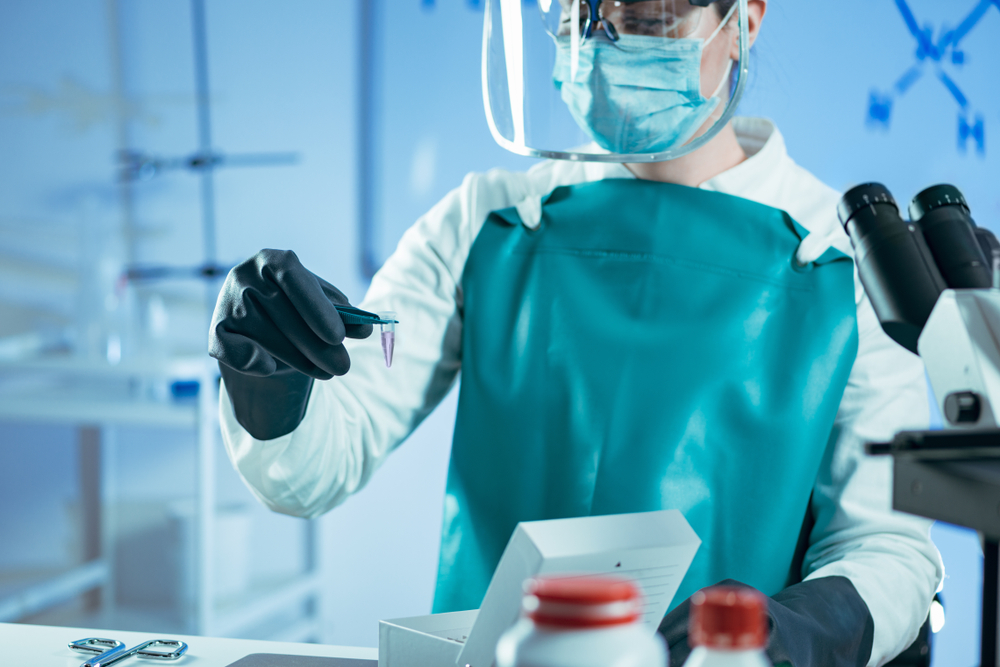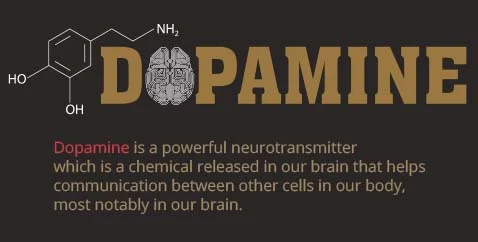Stem cell transplant has become a go-to treatment for bone marrow and blood disorders, but that isn’t all that it’s good for. You can get stem cell injections for conditions as far-reaching as chronic pain, arthritis, sports injuries, or even autoimmune diseases. Why?
It all boils down to the stem cells.
It’s important to know what are stem cells, exactly, before you get started with any treatment. This is especially true since the source of stem cells changes what kind of conditions they can treat.
Now, technically, the best stem cells for treatment come from embryonic cells, but this is a big ethical no-no. Think that’s the be-all and end-all of stem cells? Think again. While yes, embryonic cells would be able to become any of the 200+ cells in the human body, it is nigh impossible to get them. In fact, you won’t find a single licensed clinic in the United States offering them.
Instead, you will have access to adult stem cells. These cells may come from a bone marrow transplant (the standard option for treating blood cancers like leukemia), or even umbilical cord blood. There is even a new option, and that has clinicians source stem cells from Wharton’s Jelly, which is a jelly-like substance that’s wrapped around the umbilical cord. Sourcing these from donors is largely painless, and harmless.
All this means that stem cell treatments are becoming increasingly chosen as a regenerative medicine option.
The only prohibiting factor is cost. The only treatment you can get covered with this type of regenerative medicine is, essentially, a bone marrow transplant to help you combat blood cancers. If you want this treatment for any of the other potential uses, then you will need to pay out of pocket. The stem cell therapy cost, of course, can be split across payment plans to make it more manageable.
Considering you’ll likely need to pay for private treatment, however, you will undoubtedly be wondering: what is the success rate of stem cell treatment? Let’s get into it:
Factors that Affect Stem Cell Treatment Success
So, what is the success rate of stem cell treatment? Unfortunately, the answer is simply that it depends. There are many different conditions that change the name of the game when it comes to stem cell success rates.
Success is Measured Differently Depending on the Disease
To start with, success is hard to define. Diseases occur on many different battlefronts throughout the body, and a success story with one disease will sound vastly different to a success story with another.
If treating autoimmune diseases, you may call it a success if you receive a better quality of life after your treatment. If blood diseases occur, then you may measure success by how much blood cell production was restored, and in the reductions of transfusions you need.
Lack of Clinical Studies
While you can currently and legally receive a stem cell transplant, only bone marrow stem cells used to treat blood cancers currently have enough evidence behind them to warrant FDA approval. According to the National Cancer Institute, bone marrow stem cells used to treat leukemia have success rates between 50% and 60%.
Clinical trials are still underway to test how effective stem cells are, conclusively, for those with other conditions. The reason why this hasn’t happened yet is because the long-term benefits have yet to be ratified in studies.
What you can trust, however, is that many patients do experience benefits shortly after their treatment. While the long-term benefits are still being determined, it is up to you to read through testimonials, ask extensive questions during your consultation, and come to your own decision about whether a stem cell transplant is right for you.
Personal Factors that Come Into Play
Here at Bioxcellerator we use Wharton’s Jelly-Derived Mesenchymal Stem Cells (WJ-MSCs), which are juvenile stem cells found in the jelly that surrounds the umbilical cord after birth. They, along with stem cells sourced from cord blood, are chosen specifically since they are more likely to play well in other patients’ bodies than stem cells sourced from bone marrow.
Now, that just gives patients the best chance that the treatment will work. There are many other conditions that will impact success rates, such as:
- Age
- Overall health
- Severity of your condition
- Additional health concerns
- Your aftercare regimen
The reason why success rates vary so much is because the body must first accept the stem cells, and then the stem cells need time to work.
It Takes Time to See Success
Another very important factor to keep in mind is that stem cell therapy does take some time to see results. You may notice reduced pain or inflammation in just a few weeks. Then, over the course of months, you may finally notice some cell regeneration or even tissue repair. Some complex conditions, like neurological disorders, may even take a year or more for the effects to be noticeable.
What Are Your Chances of Stem Cell Therapy Being Right for You?
Knowing exactly what are stem cell injections, how they work, and what kind of results are possible is essential before you sign on for any treatment plan. That’s why it’s so important to choose a center that offers in-depth consultations and who will actively refuse treatment if they don’t believe stem cell therapy is right for you, like we do.
During your consultation we can help walk you through what type of results you can expect, based on your condition, severity, age, and other lifestyle factors. We will even suggest key recovery steps to take to help improve the success rate of your treatment.
Our goal is to help you go into your treatment with eyes wide open about your chances of success with this treatment. Not only do we offer this level of consultation beforehand, but we also follow up with you after the fact to check in on your progress and how successful the treatment was for you.
There are several locations we cover across the country, too, so you can get in touch with your nearest clinic and book an appointment. From there we’ll do a full consult, determine whether stem cells are a good fit for you, and if they are, let you know just what your individual chances are of success.


